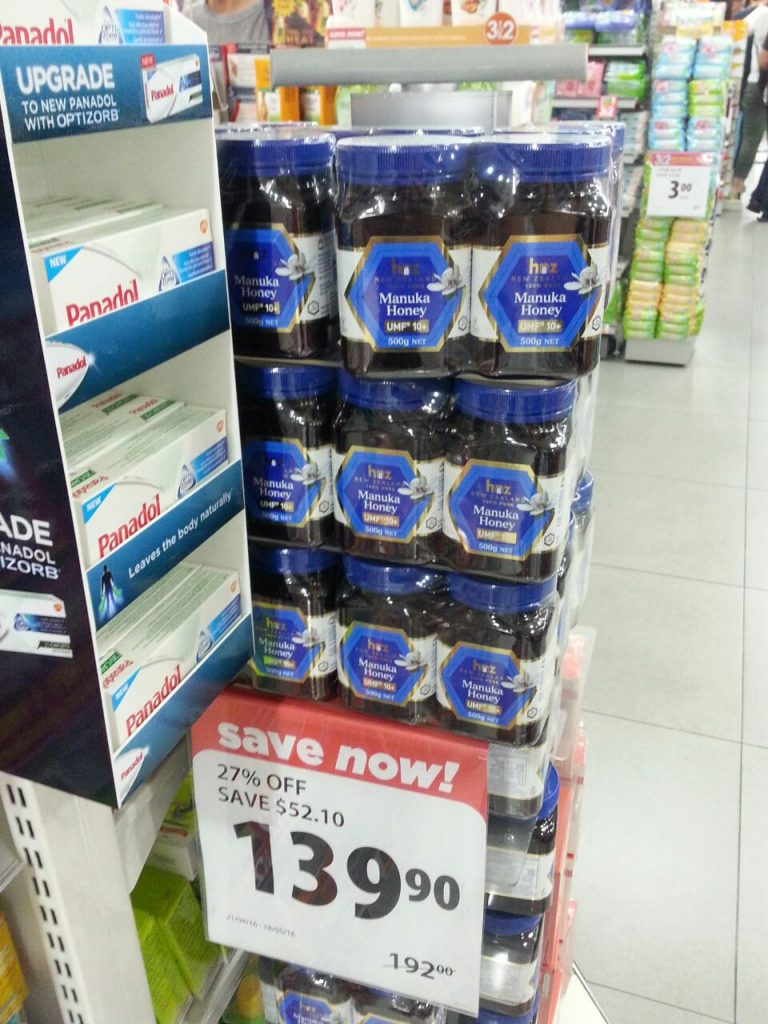
Not in the foreseeable future! Why?
It is estimated that some 80% of honey sold around the world as manuka is fake.
New Zealand scientists have recently developed a fast and accurate method for testing manuka honey to ensure it is genuine. This along with other initiatives will undoubtedly go some way in moving the honey-pot fraudsters out of the market. This will, in turn, increase the demand for the genuine product with the product integrity measures in place.
It is estimated that there are some 2,000 to3,000 tonnes of manuka honey produced annually in New Zealand and the demand is increasing at a far quicker rate than the means of production. Virtually all the wild populations of Leptospermum scoparium are now being exploited, and there is now widespread recognition by government and industry that the only way the industry can expand sustainably is by the development of an extensive plantation resource.
Meanwhile, in Australia the situation is similar. If we take the upper level of the estimated New Zealand annual yield at 3,000 tonnes, then that would require 75,000 hectares of plantation to produce that output level assuming that would be the only source. This is also assuming a yield of say 40 kg/ha/yr of bio-active honey.
It is difficult to imagine what a plantation resource like that would even look like!
Meanwhile, the demand seems to be increasing worldwide but mainly in Asia.

Singapore Pharmacy June 2016. Promotion display of 2 x 500 gm NZ Manuka honey 10+ UMF (mid range bio activity level) retailing for $139.90/kg (normally $192/kg).
(1 Singapore $ = 1 Australian $).
In the meantime, the demand for culinary and medical-grade bio-active honey is increasing worldwide at a seemingly unstoppable rate indicating a glut with the associated price crash is a long way off in the foreseeable future.
As this sector of the Australian industry develops momentum, it is likely mechanisms will be put in place to further ensure the integrity of the product. More detailed labelling for starters including a verification certificate signed off by an accredited testing laboratory, batch numbers showing the place of origin, linkages to a product information website printed on the label, QR codes etc.